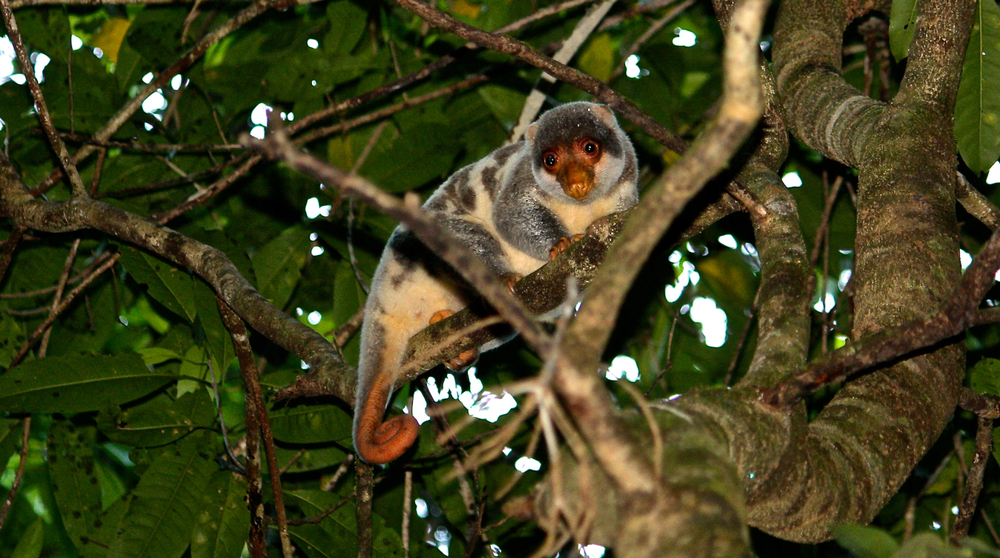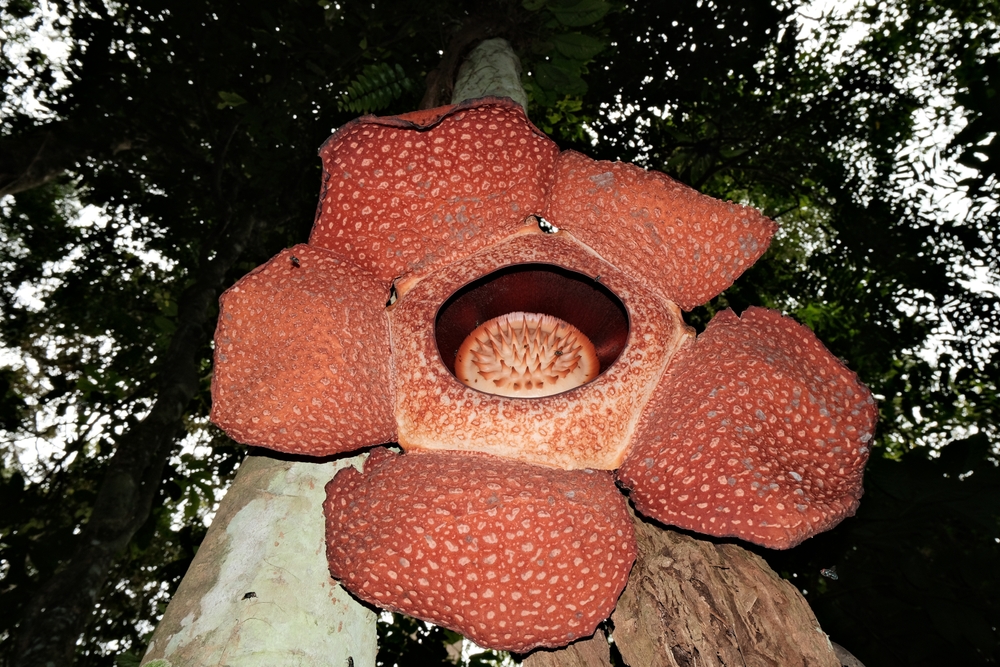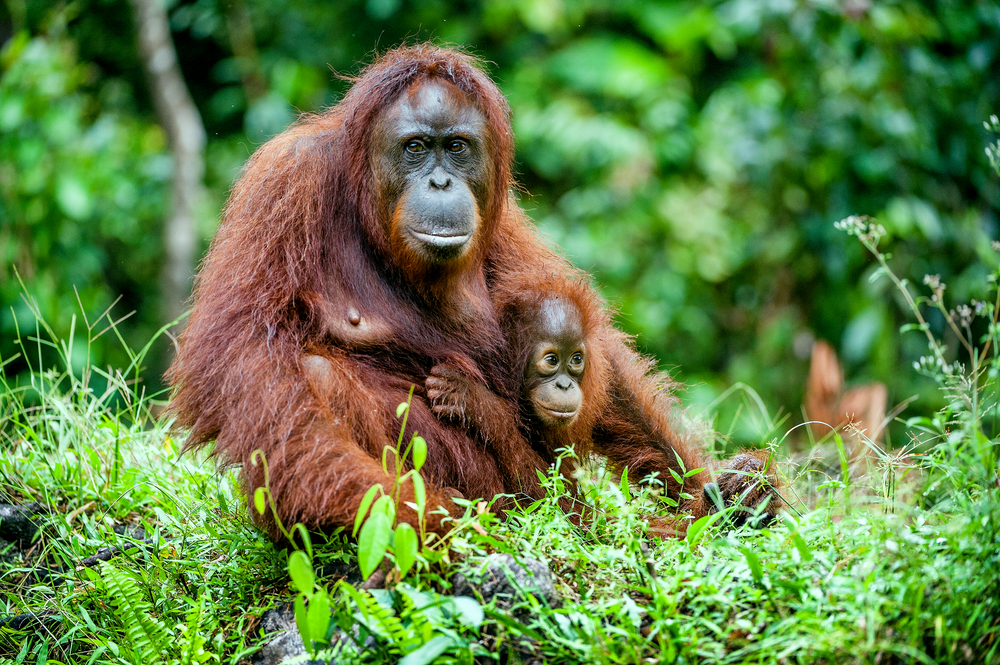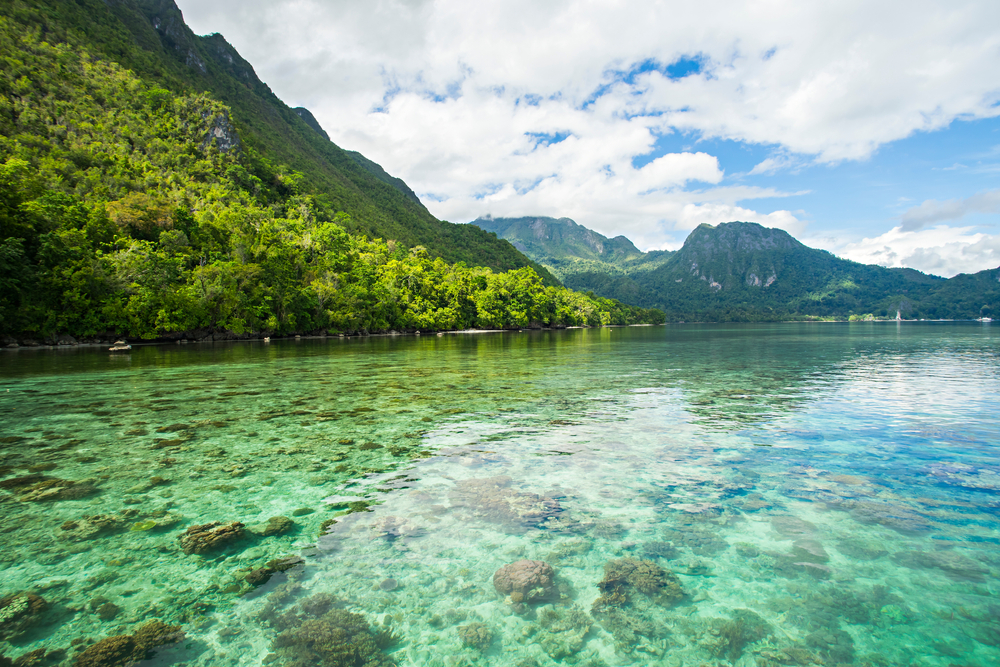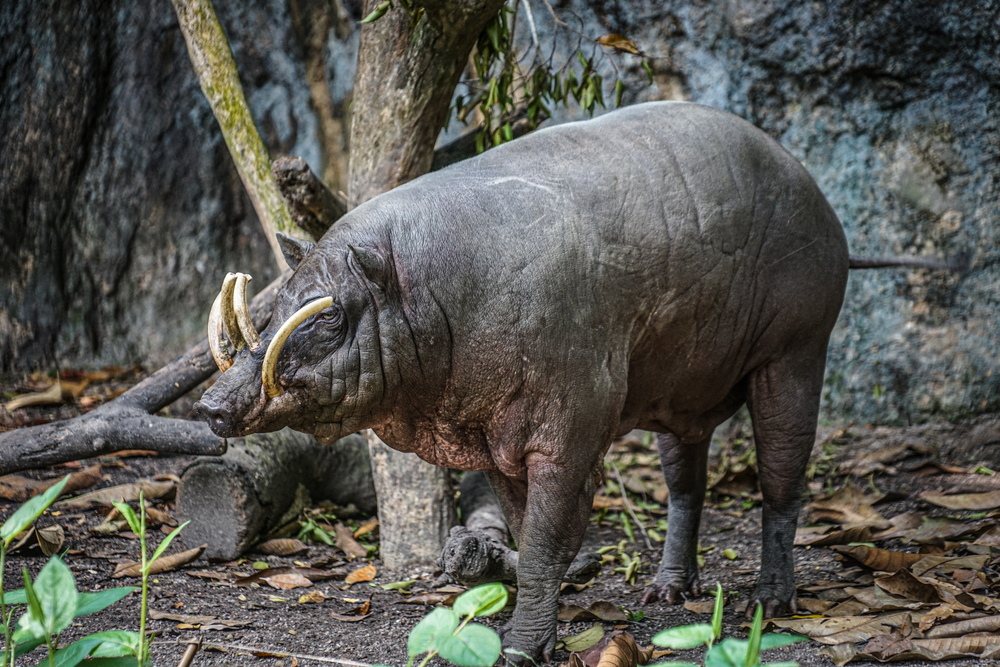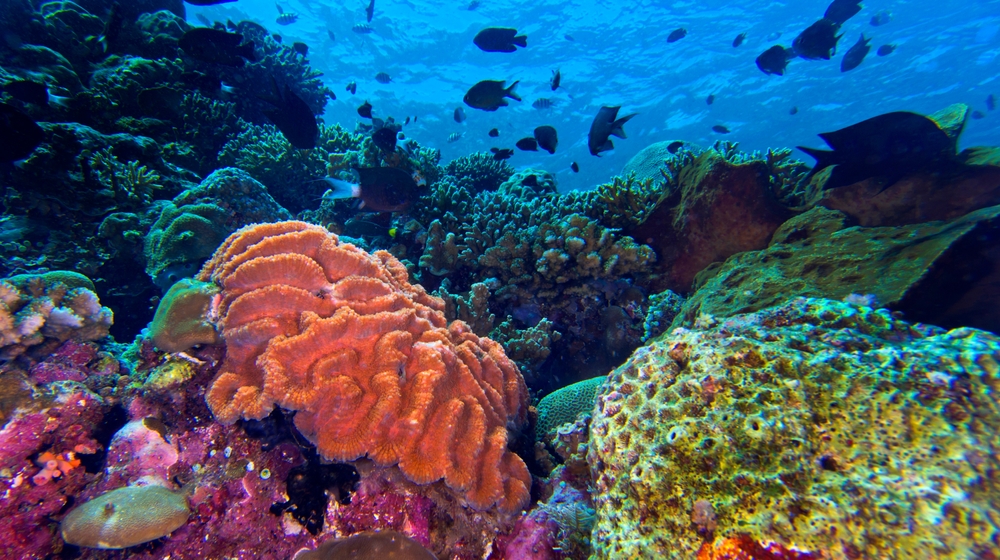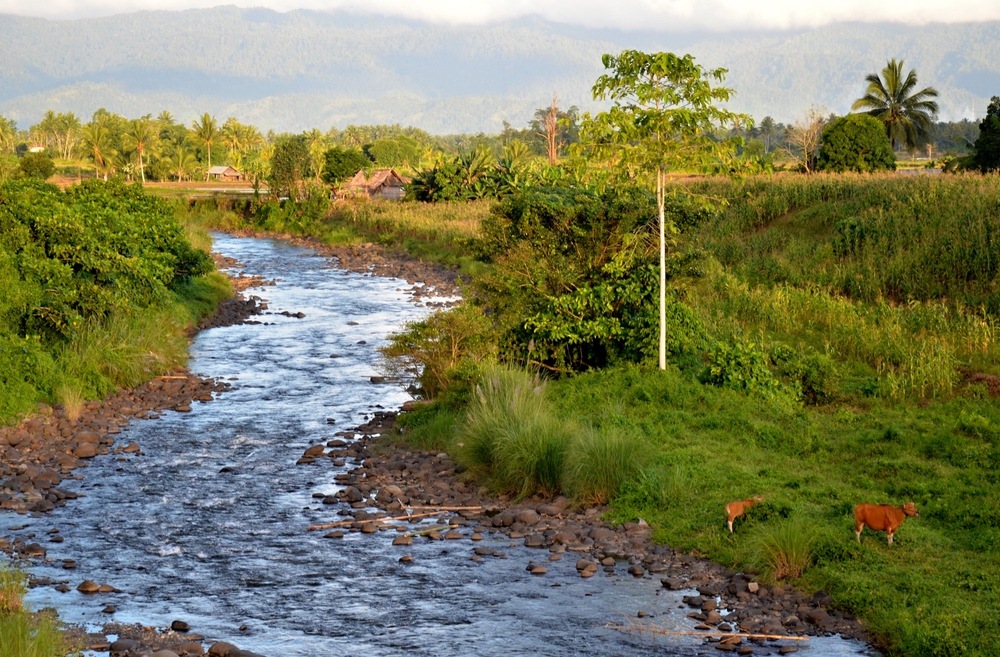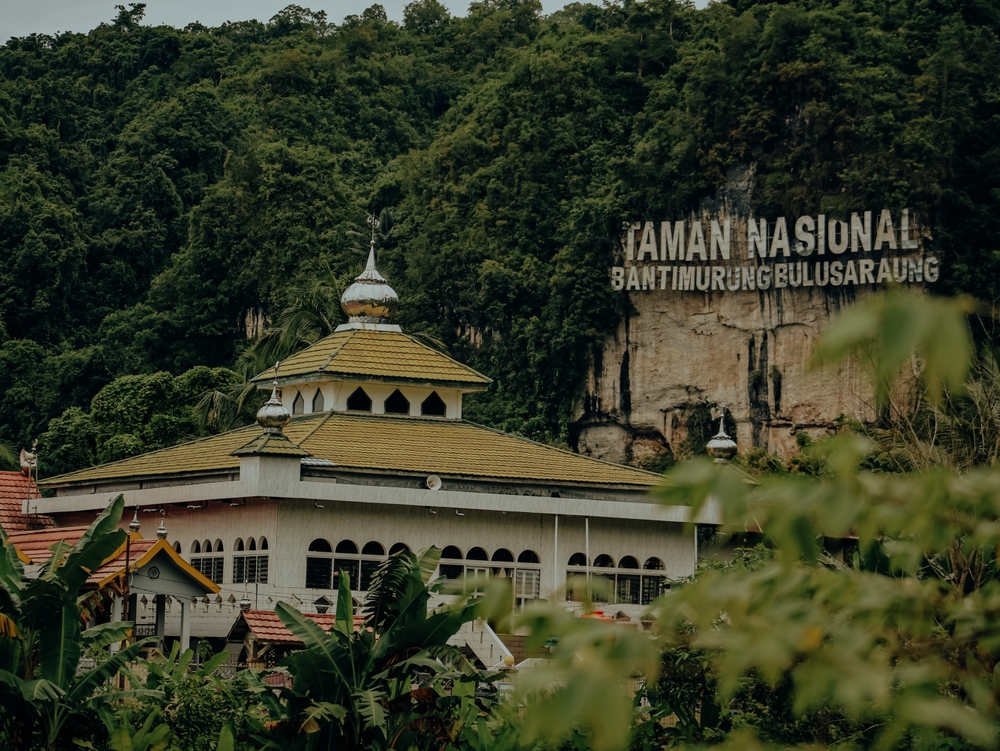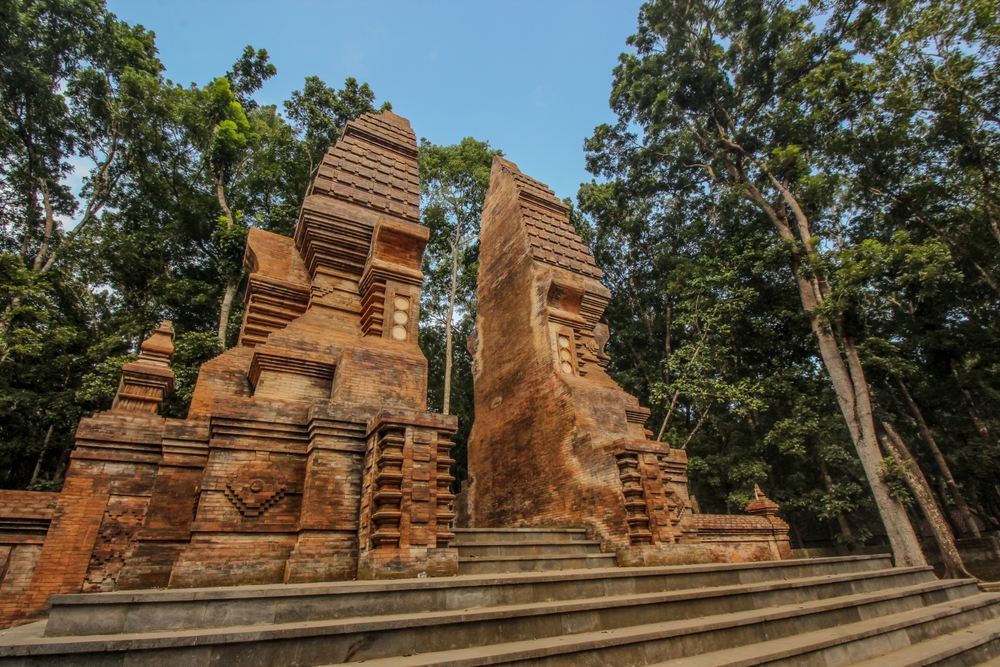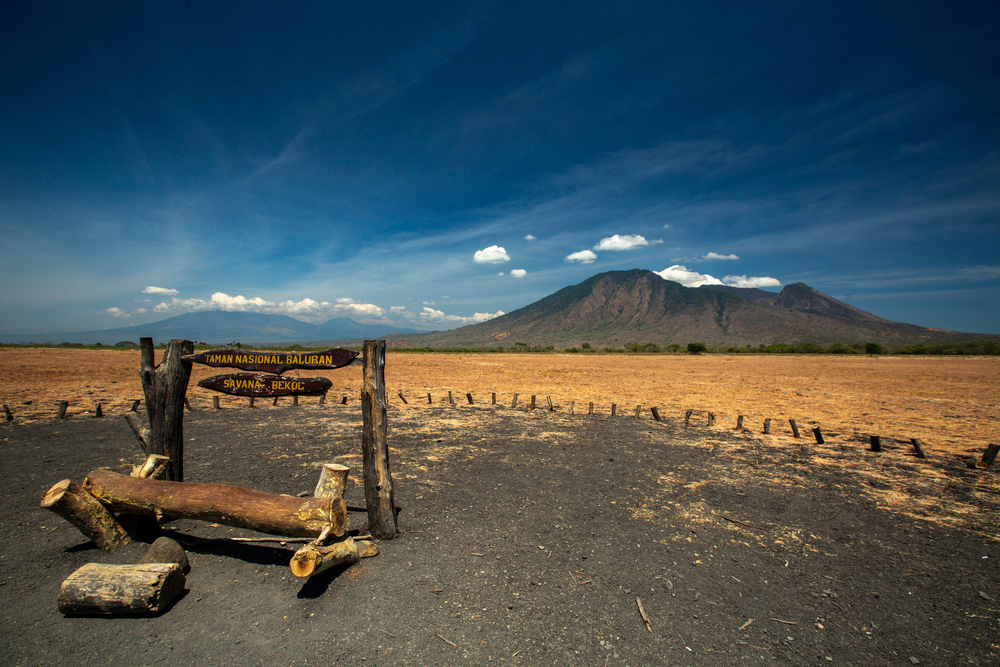Aketajawe-Lalobata Overview
Aketajawe-Lalobata National Park, located on the island of Halmahera in North Maluku, Indonesia, spans approximately 1,673 square miles (4,326 square kilometers). The park is named after two of its largest regions: Aketajawe in the south and Lalobata in the north.
As one of Indonesia’s most ecologically rich protected areas, it plays a vital role in conserving the unique biodiversity of the Wallacea biogeographic region, a zone where Asian and Australasian flora and fauna intermingle.
The terrain of Aketajawe-Lalobata is a captivating mix of lowland tropical forests, rugged hills, and wetlands, with elevations ranging from sea level to modest peaks. The park’s landscape is marked by lush greenery, dense rainforests, and areas of mangrove swamps, which provide essential habitats for the region’s wildlife.
Its rivers and waterfalls, such as the crystal-clear waters of the Tayawi River, weave through this rich tapestry, enhancing the beauty and ecological diversity of the park. The thick canopy of Dipterocarp trees and various species of palms, ferns, and orchids creates a dense, verdant environment that is both visually stunning and biologically significant.
The park is renowned for its remarkable array of wildlife. Aketajawe-Lalobata serves as a sanctuary for several endemic species, many of which are found nowhere else on Earth. Key mammals include the endangered Halmahera cuscus, a tree-dwelling marsupial, and the unique Maluku flying fox, a large fruit bat critical for pollination and seed dispersal.
Bird enthusiasts are drawn to the park for its avian diversity, which includes the famous Wallace’s standardwing bird-of-paradise, a species known for its elaborate courtship displays. Other notable birds include the Halmahera goshawk, the violet-necked lory, and various kingfishers. These species make the park a global hotspot for ornithologists and nature photographers alike.
Visitors to Aketajawe-Lalobata National Park often explore its natural wonders through guided treks, birdwatching tours, and river excursions. The park offers an immersive experience in one of the world’s most pristine ecosystems.
Hiking trails lead adventurers through dense jungle paths and to scenic overlooks, while quieter wetland areas are ideal for observing wildlife in their natural habitats. Local guides, who possess extensive knowledge of the park’s biodiversity and cultural significance, enrich these experiences with their insights.
The park’s conservation challenges are multifaceted, including illegal logging, agricultural encroachment, and hunting pressures that threaten its fragile ecosystems. However, there have been significant conservation successes, such as community-based initiatives to promote sustainable land use and anti-poaching measures supported by local and international organizations. Collaborative efforts between the Indonesian government, non-governmental organizations, and indigenous communities have been pivotal in preserving this unique natural treasure.
Aketajawe-Lalobata National Park is a testament to the extraordinary biodiversity of the Wallacea region, offering visitors an unparalleled opportunity to experience the wonders of Indonesia’s wilderness. Its lush landscapes, rare wildlife, and conservation achievements make it a vital destination for eco-tourism and environmental stewardship.








































































